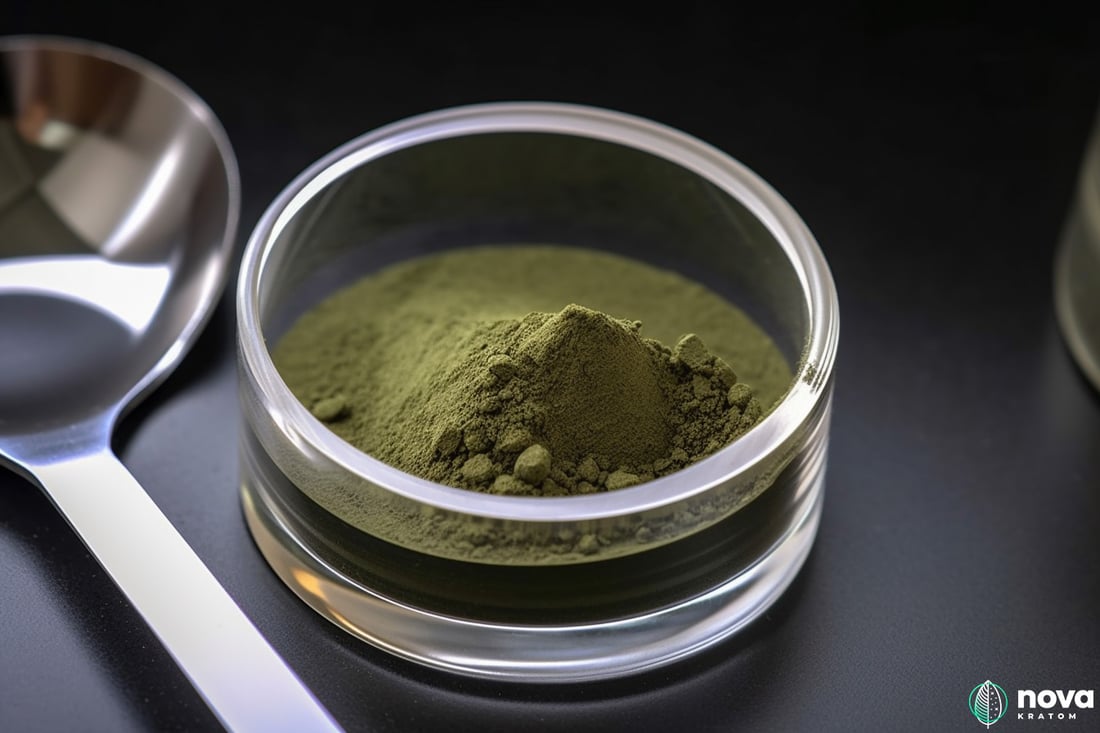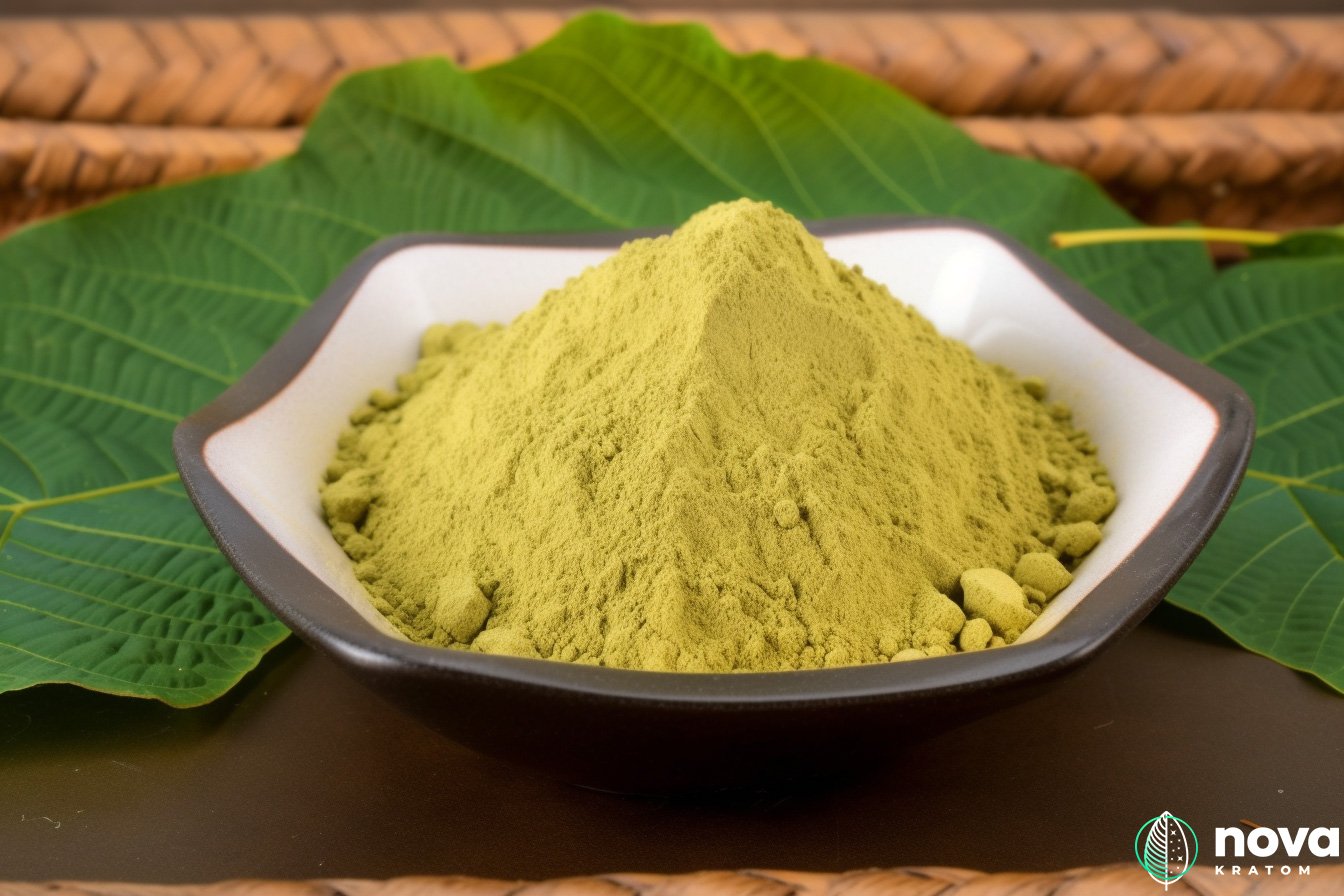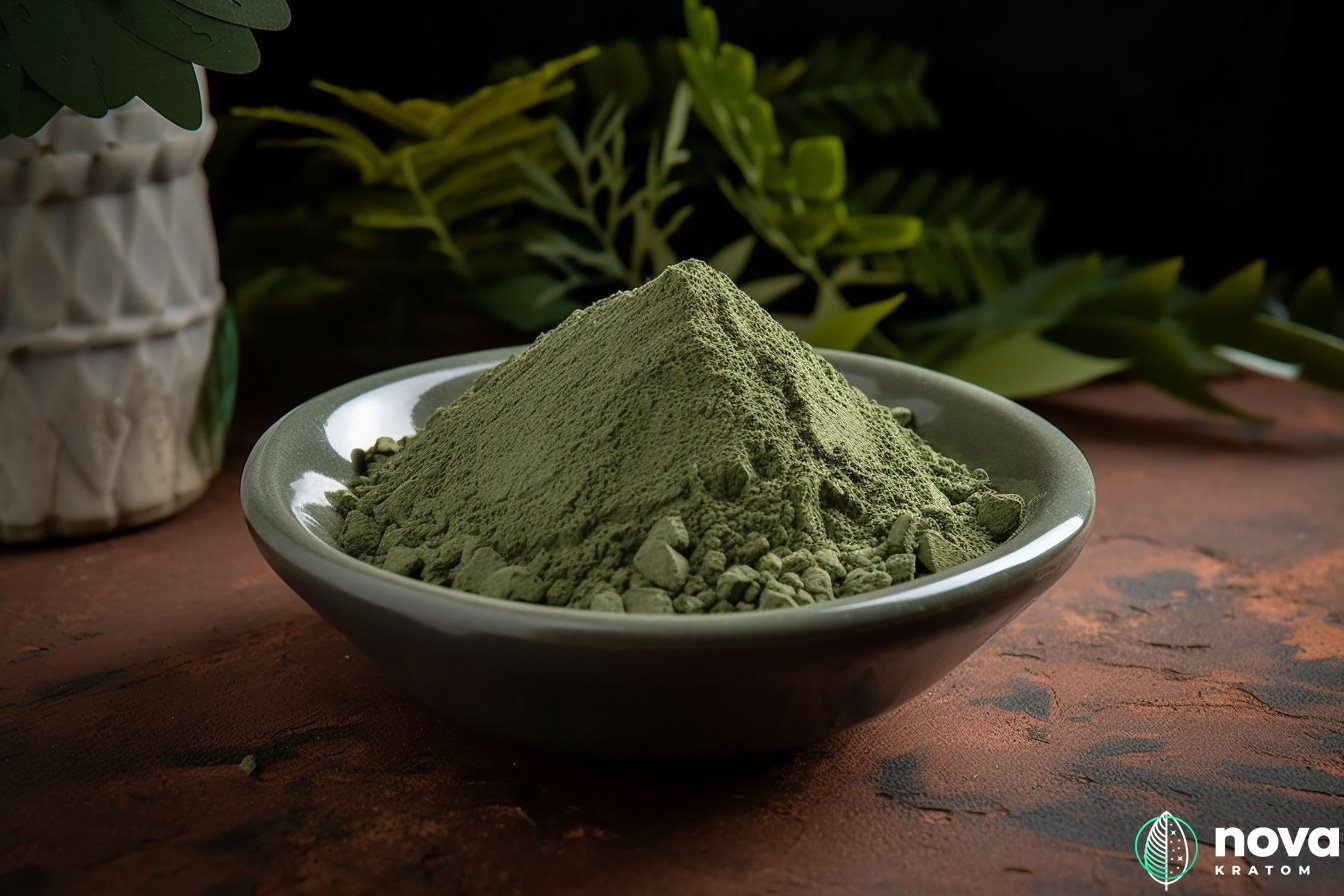Kratom’s adverse effects, such as nausea, may begin to appear a few minutes after consuming a high dose. When suffering from Kratom nausea, you may experience dizziness, followed by severe headaches, as well as the need to vomit. Most new users experience kratom nausea due to lack of kratom information.
It is not a wonder to find a newbie combining two or more varieties of kratom to achieve the best of both worlds. We all understand the need to take a risk just to find out what occurs. However, that is putting your health at risk. It is important to keep in mind that research on kratom and its potential is still quite limited. Therefore, little is known about taking the product in large doses or mixing different strains.
On the other hand, some unreliable kratom vendors sell their customers’ adulterated kratom products with toxic toxins that can be fatal. If you source your product from one of these vendors, chances of getting your hands on low quality kratom are high. This could also be the reason behind your kratom nausea.
If you have suffered from kratom nausea before or want to take precautions before trying the product, then this article will help you understand all the essential details about this side effect and how to avoid it.
Best Strains of Kratom to Avoid Nausea:
1. GMD Kratom (link here to the exact strain we tested, by far the BEST for sleep, 1.75% mit, under $20 for 250g)
2. GML Kratom (link here to the exact strain we tested, great for sleep AND pain, 1.68% mit, under $20 for 250g)
3. Our BEST Recommendation would be to get this Split Kilo Powder (or get 1000 Split Capsules if you don't like the powder), it ends up at $70 (both powder and capsules) with same-day shipping (3 day priority delivery), and you can get 4 strains of 250g each, we recommend you trying the exact following: Green Maeng Da, Green Malay, White Borneo and Red Maeng Da.
What Exactly Is Nausea, And Why Does It Occur?
As defined by medical experts, nausea refers to a feeling of distress in the stomach caused by a distaste for food, resulting in a desire to vomit. Hence, the feeling of nausea is defined as the experience of having a strong want to vomit or empty one’s stomach. Some common side effects of nausea include dizziness, headaches, fever, and sweating
Experiencing stomach or intestinal spasms may potentially be a symptom of an underlying digestive disorder. Feelings of nausea usually subside on their own, despite the fact that you can take over-the-counter drugs to alleviate them.
The most prevalent underlying cause of this condition is, of course, digestive issues, although this is not always the case. It’s rather common for nausea to be caused by a variety of health issues and disorders such as migraines and food allergies.
What Is Kratom Nausea?
Kratom nausea is a typical side effect of utilizing the herb. It refers to the sensations of nausea that occur as a result of taking Kratom. This side effect is similar to other forms of nausea in that your brain stimulates your vomiting area, resulting in a strong desire to vomit.
Kratom nausea may force you to vomit, which would then eliminate the contents of your stomach as well as the Kratom you had consumed. This is something we want to avoid at all costs, since it may not only result in nausea and vomiting but also loss of valuable Kratom along.
According to most users, kratom nausea is common after taking Bali and Indo varieties. The two strains have a rich alkaloid profile, which may result in this side effect even after taking a small dose of the product. If you are experiencing kratom nausea regularly, you may want to switch to a different strain.
What Causes Kratom Nausea?
Kratom is a supplement that many people take to treat a variety of ailments. Things can go awry since each person’s body reacts differently. Kratom has been proven to have a wide range of therapeutic benefits, however, it can also cause negative effects such as nausea. A few of the most common causes of Kratom nausea include:
Poor quality Kratom
If you experience kratom nausea, chances are that you have taken poor-quality kratom. Low quality kratom contains toxins that may cause unpleasant side effects, such as a groggy feeling. Ensure you are about to order from a reputable supplier with lab test results provided on their web page to avoid poor quality kratom. A good place to start is at Nova Kratom.
Kratom Increases Sensitivity in the Stomach
The way your body responds to Mitragynine speciosa is mostly determined by your genetics and blood type. Kratom nausea is more common in individuals with a history of hypersensitive stomach issues. The side effect is more likely to occur if you have a record of gastrointestinal issues with specific herbs.
Mixing two sedatives
Taking two sedative strains at once is like encouraging yourself to leap over a cliff because even larger doses of a sedative strain can lead to adverse side effects. Higher doses of sedative strains are known to cause kratom illness, and mixing kratom with sedative strains will result in an extreme kind of kratom hangover. For instance, Red Bali kratom is a sedative variety and White Sumatra is an energetic strain. Most experienced users mix the two varieties to enjoy the best of both worlds. However, this is a bad idea for your health.
Kratom interacts with brain receptors
Kratom’s ability to activate the brain’s MORs receptors is the reason why so many people are raving about it right now. In addition, it stimulates the brain’s vomiting centers, making you feel the need to vomit. If you are concerned about the side effects of Mitragynine’s Nausea, rest assured that it is milder than most other medicines.
Taking kratom on an empty stomach
Kratom users have reported experiencing headaches and nausea when they ingested kratom without food. The disagreeable taste of kratom can be alleviated by taking a snack shortly after taking your kratom dose.
Kratom has a horrible taste
The fact that Kratom tree leaves taste so bad is probably the major factor in why people get sick after taking the product. Most individuals are still using the old-fashioned method to take kratom even though users keep coming up with innovative ways to improve the flavor of Kratom. You may also develop a taste for all-natural Kratom, which may help alleviate your nausea.
Kratom Nausea: How To Avoid It
Kratom might give you an energy boost and a happy outlook. Slightly more Kratom can help you unwind. However, there is a downside to this product, which is that it can cause nausea. Here are a few things to keep in mind if you’re worried about becoming sick from taking Kratom.
Brew kratom tea instead of using the toss and wash method
Tossing back kratom powder in a hurry is more likely to leave you feeling ill than sipping on Kratom tea. There are no separate components of Kratom when using the “toss and wash” method. These substances don’t cause Kratom’s distinctive effects, although they can exacerbate the pain.
When you brew kratom tea, you remove most of the non-essential elements but extract all of the alkaloids. This is why drinking tea can help you feel better when you’re feeling nauseous. Ensure to lower your dosage if you decide to use this consumption method.
Take a Small Amount.
If you overdose on Kratom, you will almost certainly end up feeling sick to your stomach. To minimize your risk, only use the lowest effective dose.
Taking a gram and determining how you feel is the best way to figure out how much you should take. Take another gram after 45 minutes if the first dose doesn’t work. Stop immediately you get a whiff of what you’re looking for. Repeat the moderate increases the following day, pausing before you get too far ahead of yourself.
Be exact when you’re gauging your dosage. Be using a digital scale instead of guessing to be sure you’re not overdosing. Consider waiting for four hours before resuming Kratom use if you’ve already hit your sweet spot.
If you switch kratom varieties or suppliers, the potency may shift, necessitating a dosage adjustment to avoid unpleasant side effects. Use the same kind of Kratom from the same credible source until you gain some experience.
Add a dash of ginger
Natural ginger is well-known for its ability to soothe upset tummies. Add a little to your Kratom, whether you’re washing or boiling your kratom, by grinding it up and adding a little to it. It can be a little spicy, but far superior to powdered Kratom in terms of flavor.
When you’re feeling ill, a piece of ginger root could help. The candied form of ginger, known as crystallized ginger, maybe more tolerable if the more pungent fresh ginger isn’t your cup of tea.
Don’t forget that both kratom and ginger are well-known for their digestive-friendly properties. In states where kratom is legal, this is yet another all-natural option, but keep in mind that it will add another psychoactive ingredient to your herbal concoction.
Before consuming Kratom, take an antacid 30 minutes before
It is generally encouraged to take Kratom on an empty stomach to allow your body to better absorb the chemical and maximize its effects. This, on the other hand, appears to be a surefire recipe for a stomachache. This is because Kratom can cause nausea on its own. To make matters worse, consuming the product on an empty stomach triggers a burst of digestive secretions, which can further irritate your stomach.
An antacid should be taken at least 30 minutes before taking Kratom on an empty stomach, to counteract the stomach acid. To aid digestion, have a small snack or light meal after taking the Kratom.
Final Thoughts
Even though Kratom has a plethora of health benefits, some users are not lucky enough to enjoy the product’s full potential. However, with the guidelines above you can find a better way that helps you alleviate the Kratom nausea. You can make kratom tea and a piece of ginger, or take your preferred kratom after taking a light meal.
As an option, if everything else fails, try a different Kratom dealer and see how you feel about their products. Reliable vendors have a friendly team of support who can help you deal with kratom nausea or advice you on the best kratom for your needs. A GMP-certified vendor like Nova Kratom is the perfect place to start. If the kratom nausea persists, you can contact your doctor to learn more about what might be going on within your body.
Frequently Asked Questions
Is Kratom safe?
Kratom is completely harmless when used correctly. The product may interact with other medications, so exercise caution when administering your medication and disclose to your doctor if you are already taking anything else.
What causes kratom Nausea?
Sickness caused by Kratom use is becoming more common. As of right now, these are the common causes of kratom nausea:
- Taking huge kratom doses
- Incorporating Red and White kratom, which are both sedatives, into a single dose
- Dehydration
- Poor quality or adulterated Kratom
- Mixing large amounts of kratom with alcohol
- Taking the product on an empty stomach
How do I deal with Kratom nausea?
Many people experience nausea after using kratom, but this is to be expected and should not be cause for concern. User feedback suggests that you give the following a try:
- Take citrus-flavored water
- Use anti-nausea medication
- Take ginger tea or juice
- Increase your intake of fluids
- Feed on probiotic-rich food
How much kratom can I use without getting sick?
It is recommended that first-time users take a dose of between 2 and 3 grams of kratom. A habitual can take up to 5 grams. However, avoid taking any kratom above 6 grams at a time.
Which strain causes kratom nausea?
The high concentration of 7-Hydroxy-Mitragynine alkaloid in Red vein kratom strains has been linked to kratom nausea. Those who overdose on any other strain may also experience kratom nausea.




